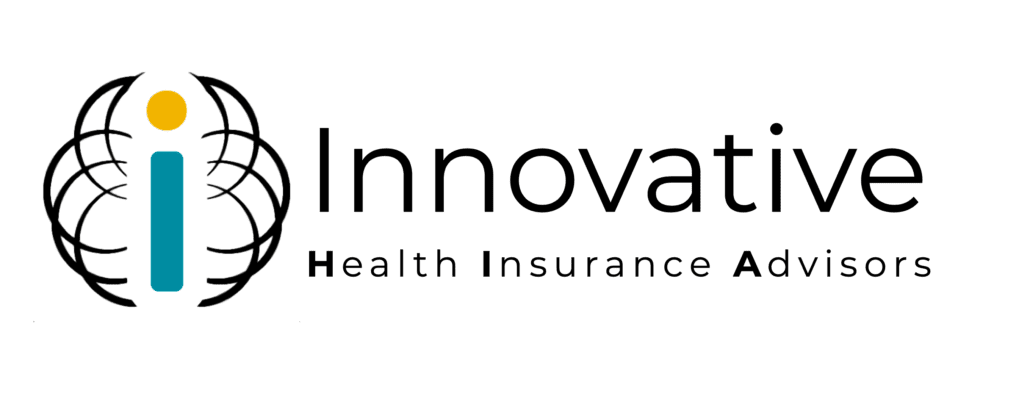Fully Insured vs. Level Funded Plans: A Guide for Qualified ALEs
As a Qualified Applicable Large Employer (ALE), choosing the right employee health insurance plan is crucial for your organization’s financial health and employee satisfaction. Two popular options for providing healthcare coverage to your employees are Fully Insured Plans and Level Funded Plans. In this comprehensive guide, we will delve into the differences, advantages, and considerations of both options to help you make an informed decision for your company’s healthcare benefits.
Understanding Fully Insured Plans: Exploring Benefits and Limitations
Fully Insured Plans are a type of employee health insurance where employers pay fixed premiums to an insurance carrier. In return, the carrier assumes the responsibility for covering employees’ healthcare costs, transferring the financial risk from the employer to the insurer.
Advantages of Fully Insured Plans
Cost Predictability: Fixed premiums allow accurate budgeting for healthcare expenses without unexpected fluctuations. Employers can plan their finances more effectively, knowing the exact cost of providing health insurance.
Simplified Administration: Insurance carriers handle plan administration, including claims processing and customer service, reducing administrative burden for employers. This allows HR teams to focus on other strategic initiatives.
Regulatory Compliance: Fully Insured Plans often come with pre-packaged ACA-mandated benefits, ensuring compliance with regulatory requirements. This helps employers avoid penalties and stay in line with federal healthcare laws.
Limitations of Fully Insured Plans
Limited Customization: Employers have less flexibility to tailor the plan to their workforce’s specific needs. The insurance carrier offers pre-determined benefit packages, which may not align perfectly with the preferences of your employees.
Cost Control: Employers may have less control over healthcare premiums as the insurer assumes financial risk. Premium increases may occur, leading to higher costs for employers without additional benefits.
Understanding these aspects of Fully Insured Plans is crucial for employers in making informed decisions while choosing the most suitable health insurance option for their workforce.
Unveiling Level Funded Plans: A Hybrid Approach to Employee Health Insurance
Level Funded Plans represent a unique approach to employee health insurance, combining elements of self-insurance and traditional insurance. In this arrangement, employers pay fixed monthly premiums to a third-party administrator (TPA), which holds the funds in a claims account. The TPA then uses these funds to cover employees’ healthcare expenses. If claims are lower than expected, the surplus is often returned to the employer at the end of the year, making it a potentially cost-saving option.
Advantages of Level Funded Plans
Cost Savings: Level Funded Plans offer potential cost savings compared to Fully Insured Plans. Unused claims funds may be returned to the employer, reducing overall healthcare expenses. This can be particularly beneficial for organizations with healthier employee populations.
Customization: Employers have more flexibility to tailor plan design and benefits to meet the specific needs of their workforce. This customization can lead to higher employee satisfaction and better alignment with your company’s unique culture and values.
Risks and Considerations of Level Funded Plans
Financial Risk: Although Level Funded Plans provide cost-saving potential, they also carry a higher level of financial risk compared to Fully Insured Plans. Employers are responsible for any claims exceeding the funds in the claims account. It is essential to assess your company’s financial stability and risk tolerance before opting for self-insurance.
Cash Flow Management: Employers must ensure they have sufficient cash flow to cover unexpected high claim costs since they are responsible for funding the claims account. Planning for potential fluctuations in claim expenses is critical to avoiding cash flow issues.
Key Differences: Fully Insured vs. Level Funded Plans
To better understand the distinctions between Fully Insured and Level Funded Plans, let’s explore their key differences in several areas:
Premiums and Payments
Fully Insured Plans: Fixed premiums are paid to the insurance carrier, and the insurer assumes the financial risk. Premiums may be subject to annual adjustments based on claims experience and other factors.
Level Funded Plans: Fixed premiums are paid to a third-party administrator, with the employer assuming the financial risk for claims. The TPA holds the claims funds and manages the claims payment process.
Financial Risk
Fully Insured Plans: The insurance carrier bears the financial risk of employees’ healthcare expenses. Employers pay fixed premiums and have no direct financial responsibility for claims costs.
Level Funded Plans: Employers partially self-insure by funding the claims account, assuming a portion of the financial risk. Stop-loss insurance may be used to limit financial exposure for high claim costs.
Regulatory Compliance
Fully Insured Plans: Often come with pre-packaged ACA-mandated benefits, ensuring compliance with federal regulations. Insurance carriers handle compliance-related administrative tasks.
Level Funded Plans: Allow more customization, but employers must ensure they comply with applicable federal and state regulations. HR teams and TPAs share the responsibility of compliance-related tasks.
Understanding these distinctions empowers employers to make well-informed decisions about employee health coverage, considering cost, risk, and regulatory requirements. By choosing the most suitable plan, employers can provide their workforce with comprehensive healthcare while optimizing budget allocation.
Plan Flexibility and Customization: Tailoring Benefits to Meet Your Employees’ Needs
Fully Insured Plans: Fully Insured Plans typically come with standardized benefit packages provided by the insurance carrier. While this offers simplicity and convenience, it may limit the ability to tailor the plan to the specific needs of your employees. Employers have less control over plan design, benefit levels, and cost-sharing arrangements.
Level Funded Plans: One of the primary advantages of Level Funded Plans is the increased flexibility and customization they offer. With Level Funded Plans, employers can work closely with the third-party administrator (TPA) to design a plan that aligns with their employees’ unique healthcare needs. This flexibility extends to benefit design, network selection, and even wellness programs. By having more control over plan features, employers can cater to the preferences of their workforce, leading to higher employee satisfaction and engagement.
Any Questions?
We are in the business of providing healthcare to everyday people, ensuring peace of mind through trust and transparency.
Our customer service is what sets us apart. We work when you work. Our carrier partners have given us exclusive offerings to complement our medical plans, giving you the best possible price. Our speed of implementation and innovative approach to benefit coverage is second to none.
Learn more about us and our services, here.



